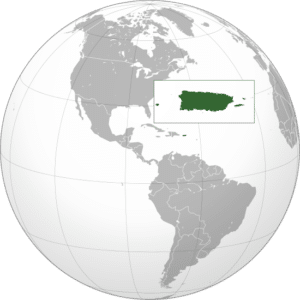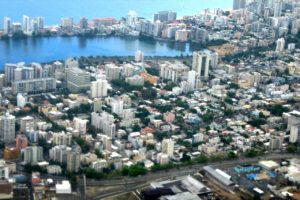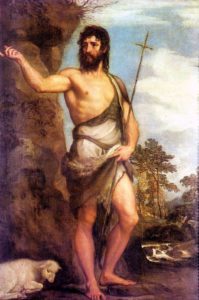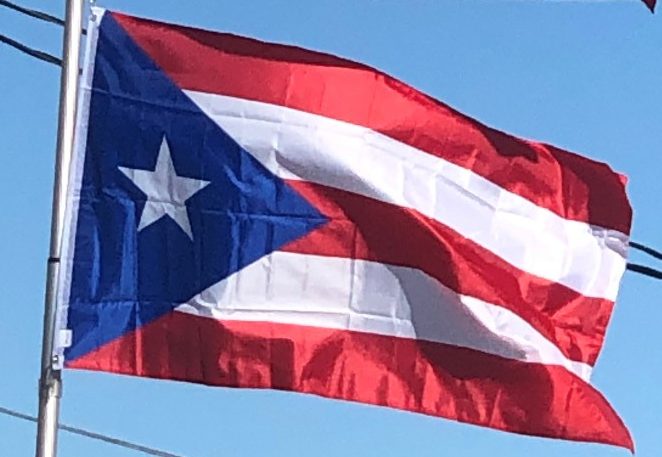Introduction:
Puerto Rico, officially the Commonwealth of Puerto Rico, is an unincorporated territory of the United States located in the northeast Caribbean Sea, approximately 1,000 miles southeast of Miami, Florida.

An archipelago among the Greater Antilles, Puerto Rico includes the main island of Puerto Rico and a number of smaller ones, such as Mona, Culebra, and Vieques. The capital and most populous city is San Juan.

Its official languages are Spanish and English, though Spanish predominates. The island’s population is approximately 3.4 million. Puerto Rico’s history, tropical climate, natural scenery, traditional cuisine, and tax incentives make it a destination for travelers from around the world.
Originally populated by the indigenous Taíno people, the island was claimed in 1493 by Christopher Columbus for Spain during his second voyage. Later it endured invasion attempts from the French, Dutch, and British. Four centuries of Spanish colonial government influenced the island’s cultural landscapes with waves of African slaves, Canarian, and Andalusian settlers. In the Spanish Empire, Puerto Rico played a secondary, but strategic role when compared to wealthier colonies like Peru and the mainland parts of New Spain. Spain’s distant administrative control continued up to the end of the 19th century, helping to produce a distinctive creole Hispanic culture and language that combined elements from the Native Americans, Africans, and Iberians. In 1898, following the Spanish–American War, the United States acquired Puerto Rico under the terms of the Treaty of Paris. The treaty took effect on April 11, 1899.
Origin of the Name:
Puerto Rico means “rich port” in Spanish. Puerto Ricans often call the island Borinquén – a derivation of Borikén, its indigenous Taíno name, which means “Land of the Valiant Lord”. The terms boricua and borincano derive from Borikén and Borinquen respectively, and are commonly used to identify someone of Puerto Rican heritage. The island is also popularly known in Spanish as la isla del encanto, meaning “the island of enchantment”.
Columbus named the island San Juan Bautista, in honor of Saint John the Baptist, while the capital city was named Ciudad de Puerto Rico (“Rich Port City”). Eventually traders and other maritime visitors came to refer to the entire island as Puerto Rico, while San Juan became the name used for the main trading/shipping port and the capital city.

The island’s name was changed to “Porto Rico” by the United States after the Treaty of Paris of 1898. The anglicized name was used by the U.S. government and private enterprises. The name was changed back to Puerto Rico by a joint resolution in Congress introduced by Félix Córdova Dávila in 1931.
History:
Pre-Columbian Era:
The ancient history of the archipelago which is now Puerto Rico is not well known. Unlike other indigenous cultures in the New World (Aztec, Maya and Inca) which left behind abundant archeological and physical evidence of their societies, scant artifacts and evidence remain of the Puerto Rico’s indigenous population. Scarce archaeological findings and early Spanish accounts from the colonial era constitute all that is known about them. The first comprehensive book on the history of Puerto Rico was written by Fray Íñigo Abbad y Lasierra in 1786, nearly three centuries after the first Spaniards landed on the island.
